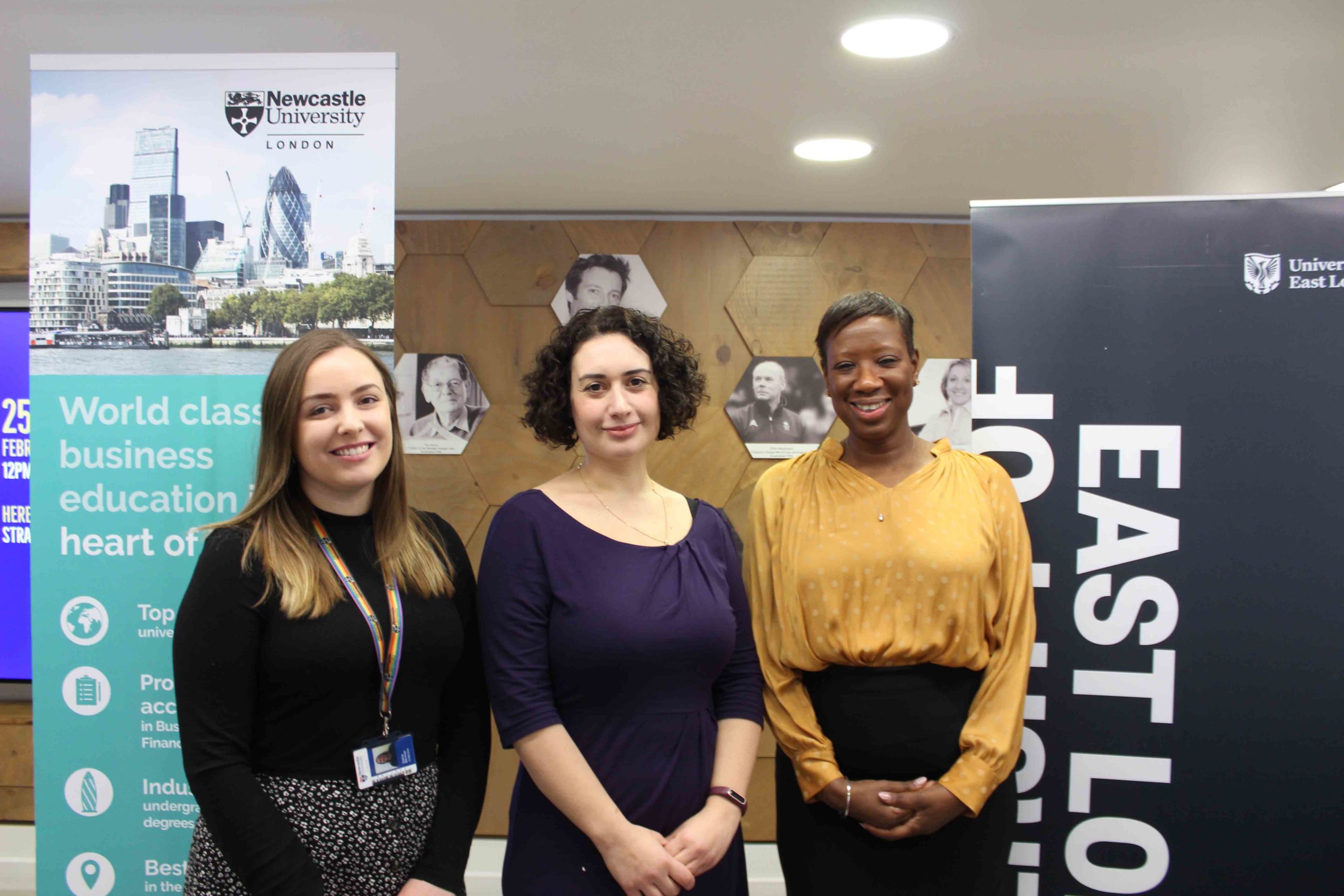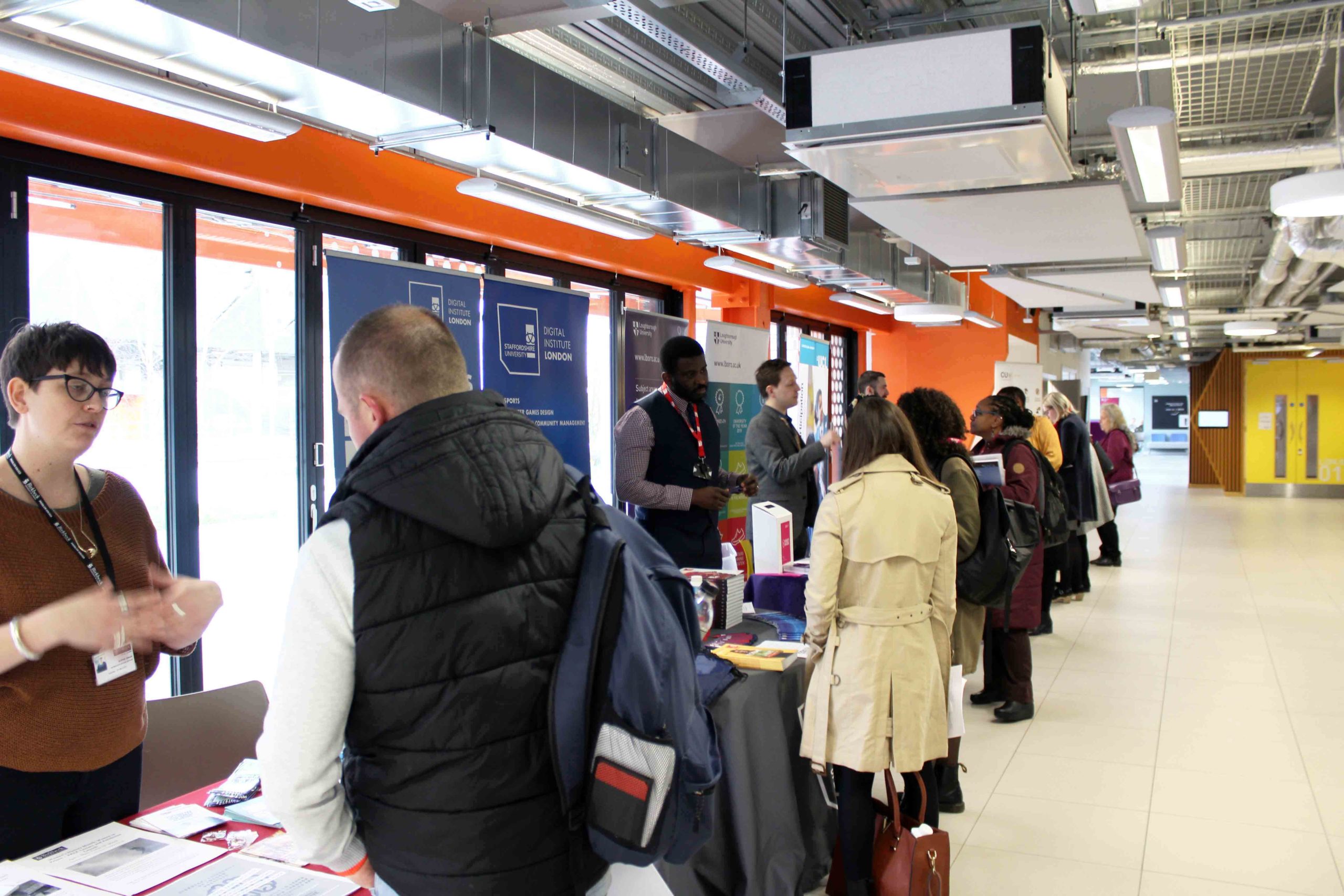Hester Gartrell, Senior Outreach and Access Officer for Stratford discusses the East London Collaboration Day that she organised with universities operating in east London. She also discusses the onus behind creating the East London Widening Participation Forum.
While many might be used to universities coming together to recruit students at Higher Education Fairs, on the 25 February we brought universities together for a slightly different reason.
Rather than just showcasing the courses offered by different universities, the East London Universities Collaboration Day aimed to make educational professionals working in schools, colleges and other organisations more aware of the outreach and widening participation offer available from universities based in east London.
We all know that with increasing workloads and lots of things to juggle, it can often be difficult for teachers or other educational professionals to know who to contact at a university. Bring into the mix that universities have different specialties and their access work might focus on different groups and you have a situation where education professionals want to engage their students with the idea of university but don’t know where to start.
This event that I set up and run in partnership with China Anya, Senior Outreach Officer at Loughborough University of London aimed to address this by giving people the opportunity to find out about the different universities specialities and meet face to face with widening participation teams. Attendees had the chance to network with universities and hear more about their outreach work, as well as take part in a workshop and panel session which covered topics such as student wellbeing, part-time study and funding options.
Ten universities attended including established east London Higher Education institutions such as Queen Mary and the University of East London, and more recent arrivals to the area including Loughborough, Coventry and Staffordshire Universities.
The day was part of a wider initiative, the East London Widening Participation Forum that was set up in 2019 as part of the Access and Engagement Department’s outreach work in the Borough of Newham.
It’s important that universities work together to help those who face barriers to accessing higher education. With lots of universities coming to east London as part of developments such as the Olympic park, 2019 seemed like the perfect time to bring established east London universities and more recent arrivals together. The aim of the forum is to see how we can work in partnership to help east Londoners take advantage of the activities and information about Higher Education offered by our forum’s members – who are right on their doorstep!
We’re looking forward to seeing where the forum goes from here and are definitely hoping to run more workshops and events. We had over 30 professionals come along to the event and feedback from attendees has been great. There’s clearly an appetite for universities to come together and share their knowledge and expertise in a collaborative way.



